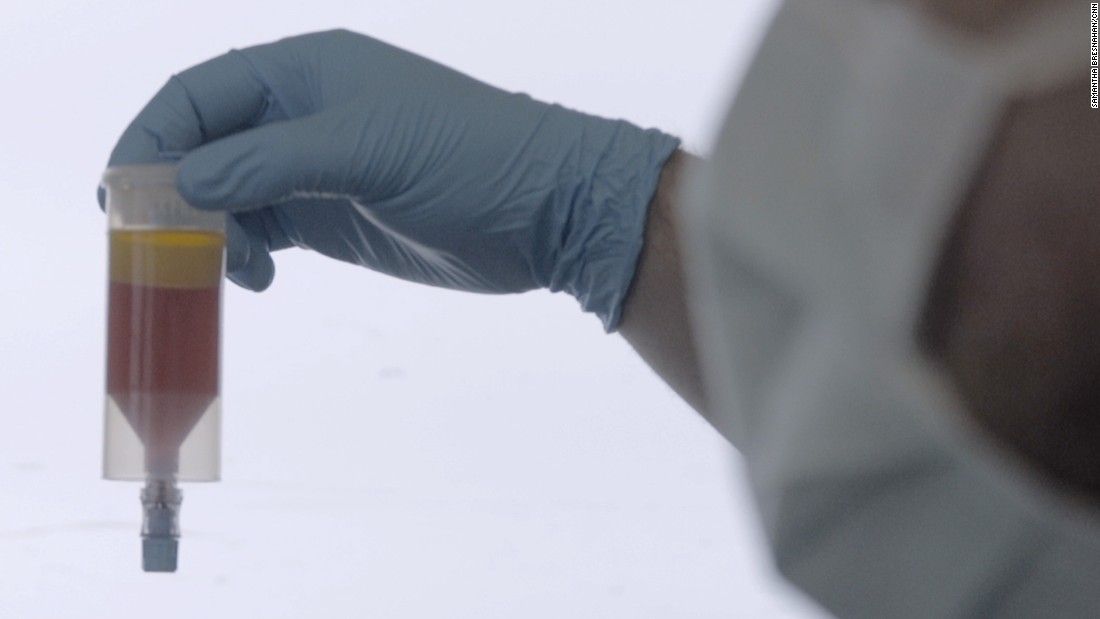LEAF caught up with Futurist David Wood at the recent International Longevity and Cryopreservation Summit in Madrid to talk about rejuvenation biotechnology.
We recently attended the International Longevity and Cryopreservation Summit in Madrid. LEAF director Elena Milova caught up with futurist David Wood at the summit to ask him about his work and his views on the development of rejuvenation biotechnology.
David is the Chair of the London Futurists a group who organize regular public meetings to discuss the future and how technology and science will change the world we live in. It is their aim to engage and educate the public about science and foster better understanding for what is credible in science and what is not.
He is the author of the recent book “The Abolition of Aging: The forthcoming radical extension of healthy human longevity” a book covering rejuvenation biotechnology published in 2016. The book discusses the various bottlenecks, concerns and technologies relevant to the field of rejuvenation biotechnology in the hope that readers can learn and be more informed about these technologies that could radically change society in the near future. If you are new to the subject we recommend reading this book for an excellent high level view of the field, the progress and the social issues that surround its development.




